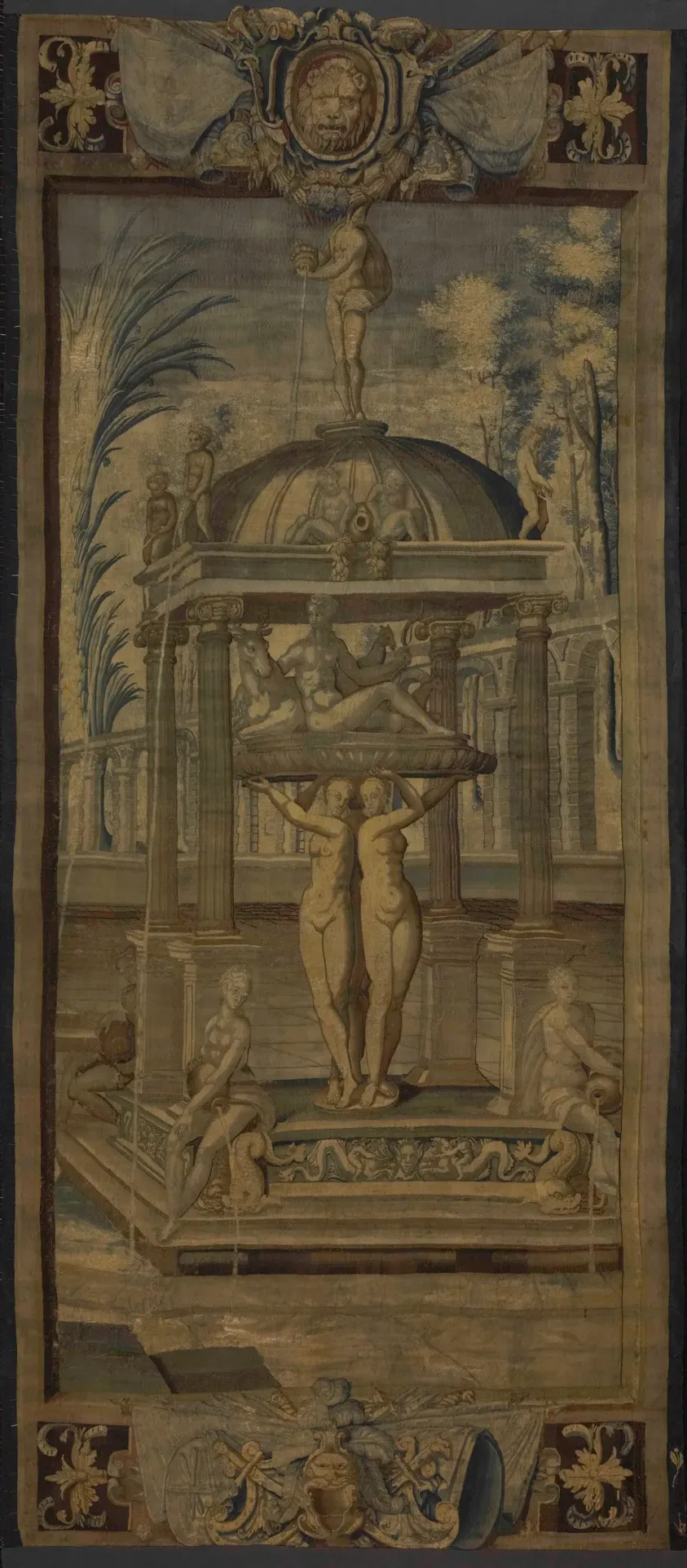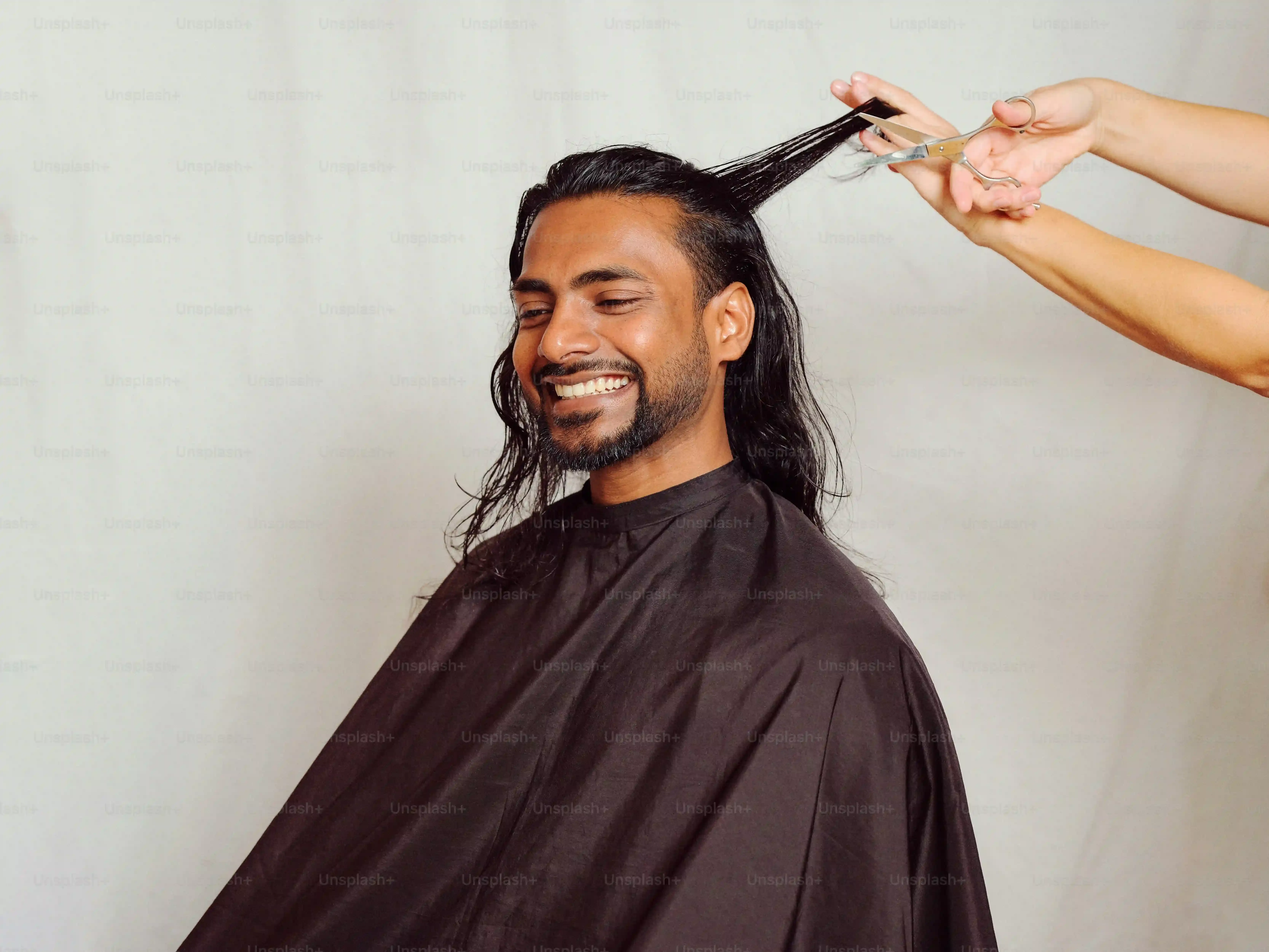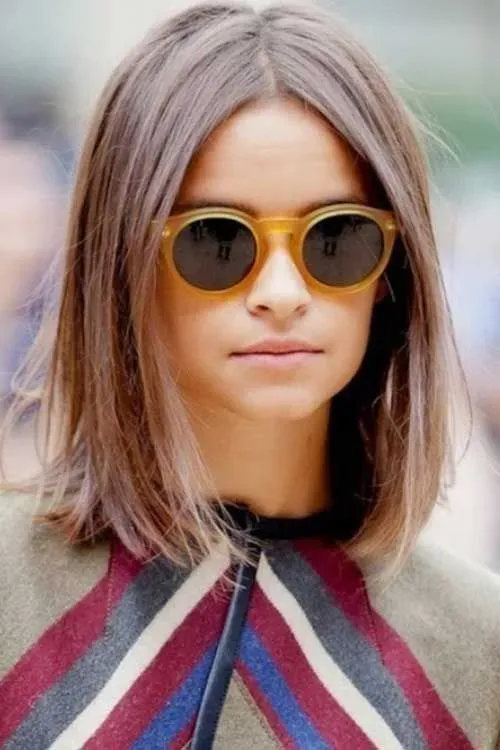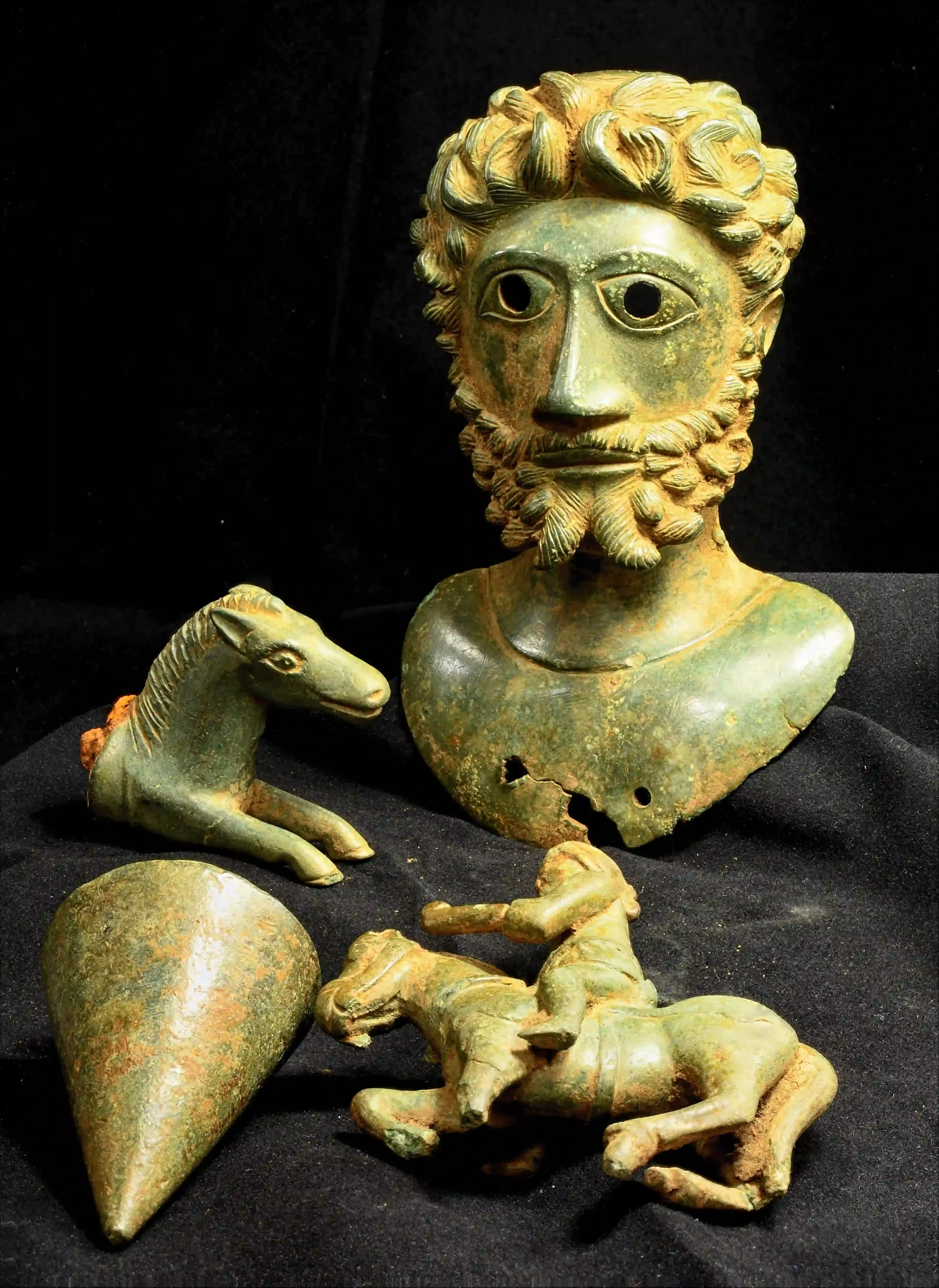Table of Contents
Let's be real. Dealing with thin hair can feel like a constant battle. You want body, you want bounce, and you definitely don't want your hair looking like it's giving up. You've tried layers, maybe even gone super short, and still, the volume struggle is real. If you've been scrolling, wondering if there's a haircut out there that actually works magic on fine strands, you've probably stumbled upon the idea of a long bob, or lob. But is a long bob hair cut for thin hair truly the holy grail? Does adding length somehow *help* with thinness? It sounds counterintuitive, right? We get it. The goal isn't just length; it's creating the *illusion* of thicker, fuller hair without spending hours battling a flat situation.
Is the Long Bob Hair Cut for Thin Hair Really the Answer?

Is the Long Bob Hair Cut for Thin Hair Really the Answer?
let's get straight to it. You've got thin hair, and someone, somewhere, probably a stylist or a well-meaning friend, suggested a long bob. Your first thought might have been, "Cut off length? When I barely have any hair to begin with?" It feels counterintuitive, like throwing away the little you've got. But the burning question remains: Is the Long Bob Hair Cut for Thin Hair Really the Answer? It's not a simple yes or no, like finding a lost sock. It's more about physics and perception. Longer hair, especially when fine, gets weighed down. It hangs flat, showing off every single strand and highlighting the lack of density. Chopping it to a lob length, typically between the chin and collarbone, can instantly lighten the load, allowing the hair to lift at the root and appear fuller. It’s less about adding hair and more about maximizing the potential of what’s already there, giving it a fighting chance against gravity.
Why the Lob Works Wonders for Fine, Thin Strands

Why the Lob Works Wonders for Fine, Thin Strands
Shedding the Weight of Length
Think of thin hair like a delicate silk scarf. The longer it is, the more it just hangs there, lifeless. A lob, hitting somewhere around your collarbone or just above, takes away that dead weight. This reduction in length allows the hair to bounce back and lift naturally from the root.
It’s a bit like giving your hair a fighting chance against gravity, which, let's be honest, is not a friend to fine strands. When your hair isn't being pulled down by its own length, it instantly appears fuller and has more movement. You'll notice a difference when you wash and dry it – it won't just lie flat against your scalp.
The Magic of Strategic Cutting
It's not just about cutting it shorter; it's *how* you cut it. A good stylist knows that blunt ends are your best friend when you have thin hair and are opting for a lob. Cutting the ends straight across makes the hair look thicker at the bottom, creating a denser line.
Avoid excessive layering, especially choppy ones throughout the hair. While a few strategic, longer layers can add movement and dimension, too many short layers can actually make thin hair look thinner and stringy. The goal is density at the perimeter, not wispy ends.
"The biggest mistake people with fine hair make is thinking more layers equal more volume. Often, it's the opposite. A blunt cut gives the illusion of thickness." - My stylist, Sarah, who saved me from questionable layered cuts in the past.
Boosting Styling Potential and Illusion
A lob isn't just easier to manage; it's also way more fun to style when you have thin hair. The reduced length means curls hold better and waves look bouncier because they aren't weighed down. You can add texture sprays, mousses, and dry shampoo at the roots without feeling like you need a ton of product to make a difference.
The length also perfectly frames the face and neck, drawing the eye and creating a sense of fullness. It’s a versatile cut that allows you to play with different parts – a deep side part, for instance, can instantly create the illusion of significant volume at the crown. It’s all about working smarter, not harder, with what you've got.
Top Variations of the Long Bob Hair Cut for Thin Hair

Top Variations of the Long Bob Hair Cut for Thin Hair
The Power of the Blunt Long Bob Hair Cut for Thin Hair
Alright, so you’ve decided the lob life might be for you. The first, and arguably most impactful, variation for thin hair is the blunt cut. This means the ends are all cut at the exact same length, creating a strong, solid line. Think of it like stacking building blocks perfectly – it looks denser than if they were staggered or chipped away. This technique instantly makes the perimeter of your hair appear thicker than it actually is. There are no wispy, see-through ends here.
This style works best when it hits right at the collarbone or slightly above. Any longer, and you risk the weight dragging it down again. A blunt long bob hair cut for thin hair is low maintenance in terms of styling the cut itself, though you might need to be diligent about keeping those ends sharp with regular trims. It’s a classic for a reason; it just works.
Asymmetrical Lob: A Strategic Angle for Volume
Want to add a little edge while boosting volume? The asymmetrical lob might be your answer. This cut involves one side being slightly longer than the other. It’s not a drastic, emo-kid difference, but a subtle angle that adds visual interest and, more importantly, creates the illusion of movement and body. The longer side can sweep across the face, adding a bit of drama and framing that thin hair often lacks.
This style works because the varying lengths prevent the hair from lying completely flat. It encourages lift, especially on the shorter side, and the longer side provides something to work with for styling, like soft waves or a tucked-behind-the-ear look. It’s a modern twist on the classic long bob hair cut for thin hair that keeps things from looking too uniform or lifeless.
Which lob variation is calling your name?
- The Blunt Lob: For maximum perceived density at the ends.
- The Asymmetrical Lob: Adds a modern angle and visual interest.
- The Layered Lob (use with caution!): Can add movement if done right.
- The Wavy Lob: Texture is your friend for faking fullness.
- The Face-Framing Lob: Draws attention away from overall thinness.
The Layered Long Bob: A Double-Edged Sword for Thin Hair
Now, let's talk layers. This is where things get tricky with thin hair. While some layers can add movement, too many can make thin hair look even sparser. If you opt for a layered long bob hair cut for thin hair, the key is *minimal* layers, and they should be *long* layers concentrated around the face or at the very ends. Avoid short, choppy layers throughout the crown or mid-lengths like the plague. They will carve away what little density you have.
Long, face-framing layers can soften the bluntness of the cut and add a touch of shape, making it easier to style with waves or curls. The goal is to add subtle dimension without sacrificing that crucial density at the bottom line. Discuss this carefully with your stylist; a misunderstanding here can lead to a haircut that actually makes your thin hair look worse, not better.
Styling Your New Long Bob Hair Cut for Thin Hair for Max Volume

Styling Your New Long Bob Hair Cut for Thin Hair for Max Volume
Mastering the Root Lift
you've got the cut, the perfect long bob hair cut for thin hair. Now comes the part where you actually make it look like you have more than five strands. Styling is non-negotiable if you want that volume boost. Forget air-drying and hoping for the best; that's a recipe for flatness. Start with damp hair. Apply a volumizing mousse or spray directly to the roots, focusing on the crown and sides. Don't be shy, but don't use half the bottle either. A golf-ball sized amount of mousse or a few spritzes of spray is usually enough. Distribute it with your fingers. When blow-drying, the crucial technique is drying your hair *against* the direction it naturally falls. Flip your head upside down or use a round brush to lift sections at the root as you apply heat. Aim the nozzle up towards the scalp. This forces the root to dry standing up, defying gravity from the get-go. It feels awkward, but it works.
Texture is Your Best Friend
Once your roots are lifted and dry, it's time to add texture, because smooth, straight thin hair often looks, well, thin and straight. This is where dry shampoo and texture sprays become essential tools for Styling Your New Long Bob Hair Cut for Thin Hair for Max Volume. Even on clean hair, a quick blast of dry shampoo at the roots absorbs any potential oil and provides grit, instantly adding fullness. For the mid-lengths and ends, a texture spray is gold. Lift sections of hair and spray underneath, scrunching gently. This breaks up the hair, prevents it from clumping together, and creates that piecey, lived-in look that screams volume. You can also use a curling iron or wand to add loose waves; waves take up more visual space than straight hair, simple as that. Don't aim for perfect ringlets; messy, undone waves are the goal for maximum impact.
Quick Volume Boosters:
- Apply root lifter to damp hair.
- Blow-dry roots upside down or lifting with a brush.
- Use dry shampoo at the roots, even on clean hair.
- Spritz texture spray through mid-lengths and ends.
- Add loose waves with a curling iron.
Making the Most of Your Lob: Products and Pro Tips

Making the Most of Your Lob: Products and Pro Tips
you’ve got the cut, the long bob hair cut for thin hair that's supposed to be your hair's savior. But a great cut only gets you halfway there. Making the Most of Your Lob: Products and Pro Tips involves strategic product deployment. Forget heavy creams and serums that will weigh down your already delicate strands. Your arsenal needs to be light but powerful. Think volumizing mousses applied *only* at the roots on damp hair – worked in gently with fingertips, not raked through like you're trying to detangle a bird's nest. Texture spray is your finishing secret weapon; a few spritzes on dry hair, particularly through the mid-lengths and ends, creates grit and separation, making it look like you have twice as much hair. And dry shampoo isn't just for day three hair; a light dusting on clean roots provides instant lift and a matte finish that makes hair appear denser. Seriously, try it. It's a game changer I wish I'd known about years ago instead of just accepting my fate as a flat-haired person.
So, Is the Long Bob Hair Cut for Thin Hair Worth It?
Alright, let's wrap this up. If you came here hoping the long bob hair cut for thin hair was some kind of miracle cure that would magically double your hair's thickness overnight, sorry to disappoint. It's not. But here's the deal: when executed correctly – meaning the right length, the right cut for your specific hair texture, and paired with smart styling and product choices – a lob can absolutely make a significant difference in how full and lively your thin hair appears. It’s about strategic deception, playing with angles and texture to create body where nature might have been a bit stingy. Don't expect a lion's mane, but do expect a cut that gives you more styling options and often looks healthier and bouncier than fighting to keep limp, longer strands alive. It's a tool, and like any tool, its effectiveness depends on how you use it.